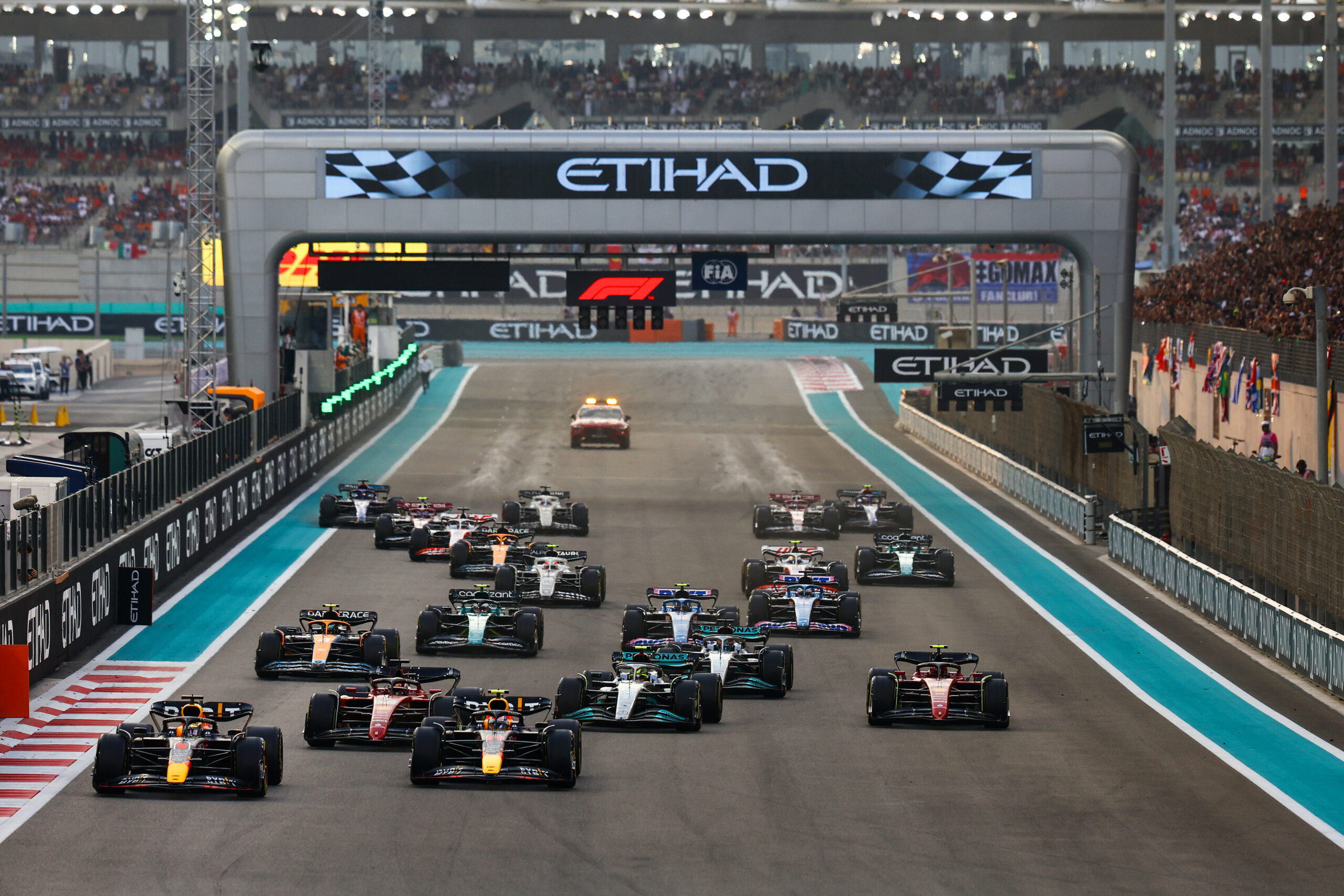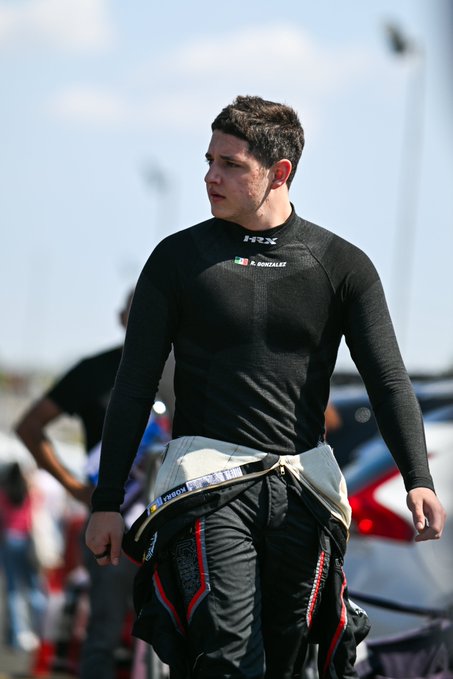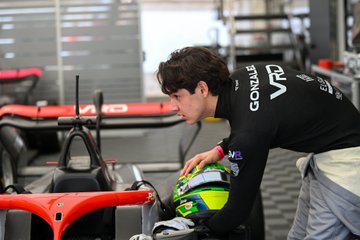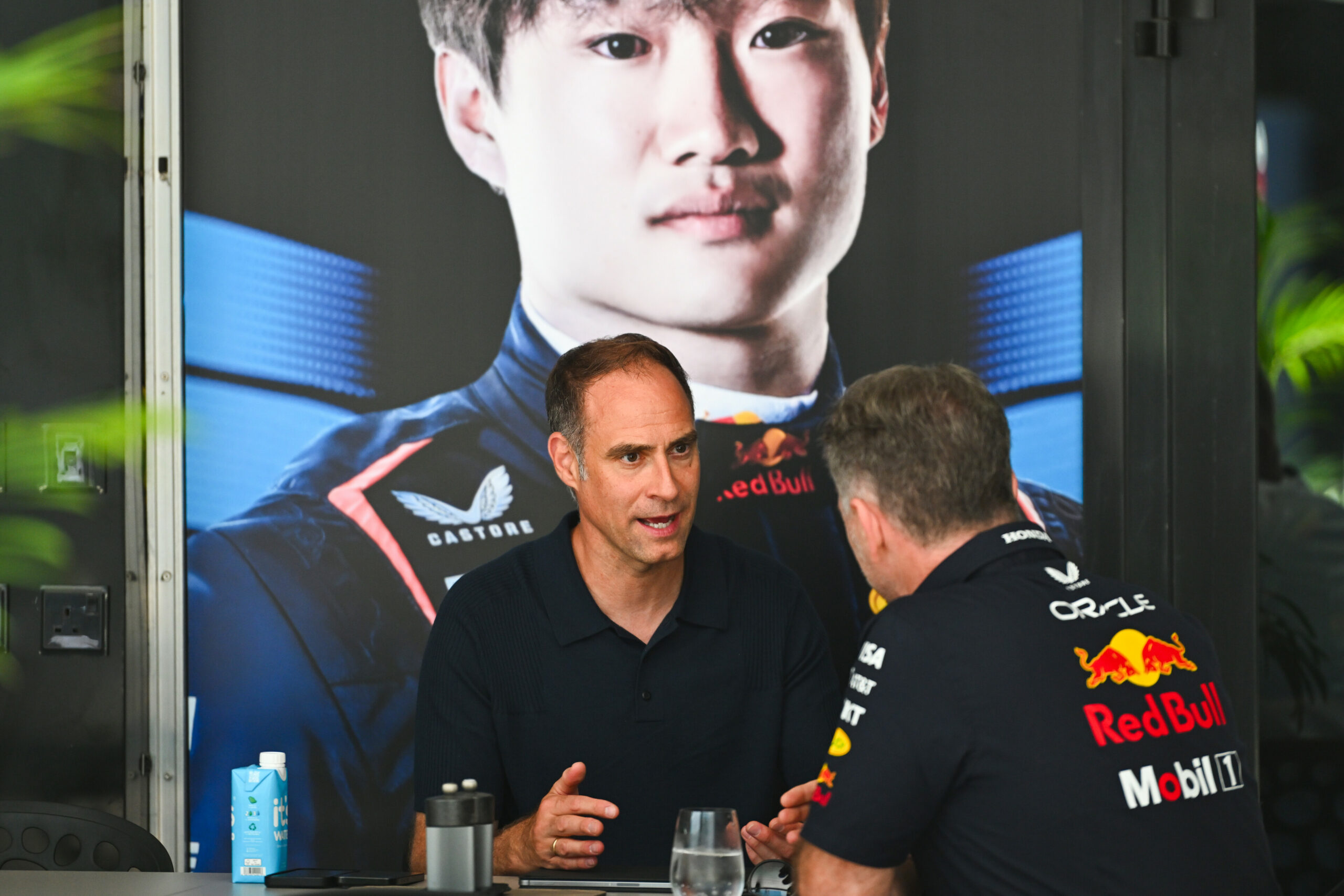
Photo credit: Scuderia Ferrari Media
After the progress made at the beginning of the summer, at Silverstone and Budapest Ferrari did not have confirmations on the growth of the SF-23 but, on the contrary, obtained bad results. A fall that cancels months of work but which will have to be repaired to save the season. A situation in which, among other things, the Scuderia ended up being accused by the Spanish press for having carried out a strategy aimed at favoring Leclerc over Sainz. Criticisms to which team principal Fred Vasseur responded to after the race.
After the steps forward at the beginning of the summer, in Great Britain and Hungary Ferrari has not found confirmations on the growth of the SF-23 and on the innovations introduced. A drop that frustrates after months of work and leaves them back behind teams like Mercedes, Aston Martin and Mclaren that seem outdated.
In fact, the SF-23 underperformed, not being at the level of its rivals and not allowing the drivers to push to maximize the result, with Leclerc and Sainz who, in Hungary, finished the race in seventh and eighth place. A negative result due to a car which, despite the characteristics of the track, has never been fast and has shown its chronic problems.
A race at the end of which, among other things, the Italian team faced accusations by the Spanish press for having implemented a race strategy such as to favor Charles Leclerc over Carlos Sainz (who were in any case on different plans).
In fact, in the first stint they didn’t let Sainz pass, who was on a soft tyre and in the second stop it stopped him after the Monegasque, allowing Leclerc to get the undercut when instead the Spaniard was ahead — that was in thanks to a slow first stop for the driver of car number 16.
“Ferrari favors Charles Leclerc over Carlos Sainz”: this is the accusation that comes from the Spanish newspapers.
Accusations to which, in these hours, the team principal of the Scuderia, Fred Vasseur, has responded, who wanted to dampen the controversy, arguing that Ferrari’s only objective was to protect the result, wasting as little time as possible.
“It was the best way to protect the result. Considering Carlos started on the softs and looking at tyre wear, Leclerc had the potential to finish the race 20 seconds ahead of him. It was the right decision. Of course, before the call, no one can predict whether there will be a problem or a penalty. It’s easy to judge after the chequered flag.”
The French boss then analysed, in a general way, the factors that led to the Hungarian debacle. First of all, the lack of competitiveness of the SF-23 in qualifying which forced the team and the drivers to a comeback race on a track where overtaking is almost prohibitive.
Not only that, since the situation was made worse by some negative episodes that accompanied Charles Leclerc, such as the problem with his pistol at the pit stop or the penalty he received for speeding in the pit lane.
“The weekend was heavily conditioned by qualifying. Starting eleventh we had to take a risk with the softs. It was a good choice, but we also knew that after that we would have to fit two sets of hard tyres and it was difficult.
“As for Charles, the race was better. The pace was there, but the result was affected by the penalty and the problem with the tyre change, losing eight seconds plus those due to traffic. We could have been fifth — it’s a missed opportunity.”




